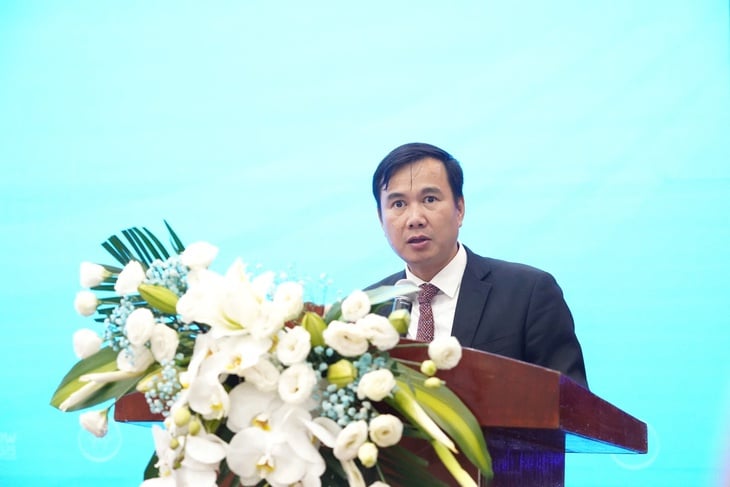
Deputy Minister of Science and Technology Bui The Duy - Photo: Organizing Committee
5G is a driving force for AI development.
At the 6th ASEAN 5G Conference held on the afternoon of October 27th in Ninh Binh, within the framework of Vietnam International Digital Week 2025, Deputy Minister of Science and Technology Bui The Duy emphasized that 5G is not only a crucial infrastructure for the digital economy , but also an important driving force for the development of AI, facilitating its wider deployment thanks to its ultra-fast connection speeds, extremely low latency, and real-time data processing capabilities.
Conversely, AI is the key factor in optimizing 5G networks, from traffic management and energy saving to demand forecasting and improved operational efficiency and service quality.
The complementary, two-way relationship between 5G and AI is key to unlocking a smart and sustainable digital ecosystem, where technology better serves people and society.
Over the years, Vietnam has continuously strived to develop, test, and commercialize 5G technology, while also promoting research, application, and governance of artificial intelligence (AI).
Representatives from the Ministry of Science and Technology believe that the combination of 5G and AI will unlock many important breakthroughs in fields such as smart industry, smart cities, education , healthcare, and environmental protection.
In particular, with close cooperation within the ASEAN region and the support of international partners and leading technology corporations such as Qualcomm, Ericsson, Nokia, Huawei, Viettel, VNPT, and MobiFone, we can be confident in our ability to build a dynamic, innovative 5G-AI ecosystem that brings practical benefits to the entire society.
The secret to Vietnam's success in applying AI and 5G.
Presenting on "Regional Cooperation on 5G: Standards and Policies in Asia-Pacific," APT Secretary-General Masanori Kondo pointed out four main challenges in 5G deployment: disparities in progress between countries, difficulties in commercialization, the urban-rural digital divide, and high spectrum costs.
Accordingly, to unlock the potential of 5G and prepare for 6G/IMT-2030, APT calls for enhanced policy cooperation, spectrum harmonization, and promotion of international standards, aiming for comprehensive connectivity in the new era. It also commits to promoting digital transformation in the Asia-Pacific region, towards an open, connected, innovative, inclusive, secure, and sustainable digital future for all.
Sharing his experience in planning and auctioning spectrum for the development of mobile broadband – the foundation of AI and 5G applications in Vietnam – Mr. Le Van Tuan, Director of the Radio Frequency Department, analyzed that Vietnam's success is demonstrated by the leap in mobile internet speed, thanks to providing sufficient spectrum (100 MHz mid-band and 700 MHz low-band), while maintaining spectrum costs at a reasonable level, accounting for only about 6% of network operators' revenue.
Vietnam is implementing Resolution 193 of the National Assembly, providing a 15% subsidy on equipment costs for telecommunications businesses, aiming for 5G coverage to 90% of the population by 2025.
The Director General of the Radio Frequency Department recommended that ASEAN maintain spectrum costs at 5-7% of revenue, while also preparing early for the IMT-2030/6G phase, especially in the 6.425-7.125 MHz frequency band.
Source: https://tuoitre.vn/toc-do-internet-o-viet-nam-co-buoc-nhay-vot-20251027185625278.htm


![[Photo] Prime Minister Pham Minh Chinh receives the Governor of Tochigi Province (Japan)](/_next/image?url=https%3A%2F%2Fvphoto.vietnam.vn%2Fthumb%2F1200x675%2Fvietnam%2Fresource%2FIMAGE%2F2025%2F12%2F16%2F1765892133176_dsc-8082-6425-jpg.webp&w=3840&q=75)

![[Image] Leaked images ahead of the 2025 Community Action Awards gala.](/_next/image?url=https%3A%2F%2Fvphoto.vietnam.vn%2Fthumb%2F1200x675%2Fvietnam%2Fresource%2FIMAGE%2F2025%2F12%2F16%2F1765882828720_ndo_br_thiet-ke-chua-co-ten-45-png.webp&w=3840&q=75)
![[Live] 2025 Community Action Awards Gala](/_next/image?url=https%3A%2F%2Fvphoto.vietnam.vn%2Fthumb%2F1200x675%2Fvietnam%2Fresource%2FIMAGE%2F2025%2F12%2F16%2F1765899631650_ndo_tr_z7334013144784-9f9fe10a6d63584c85aff40f2957c250-jpg.webp&w=3840&q=75)
![[Photo] Prime Minister Pham Minh Chinh receives Lao Minister of Education and Sports Thongsalith Mangnormek](/_next/image?url=https%3A%2F%2Fvphoto.vietnam.vn%2Fthumb%2F1200x675%2Fvietnam%2Fresource%2FIMAGE%2F2025%2F12%2F16%2F1765876834721_dsc-7519-jpg.webp&w=3840&q=75)






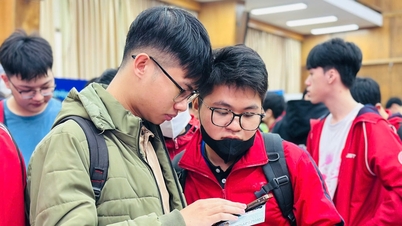


























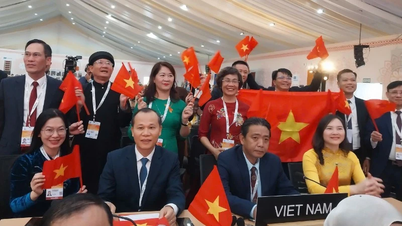






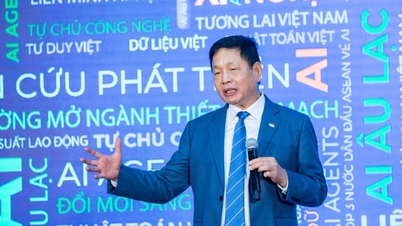


















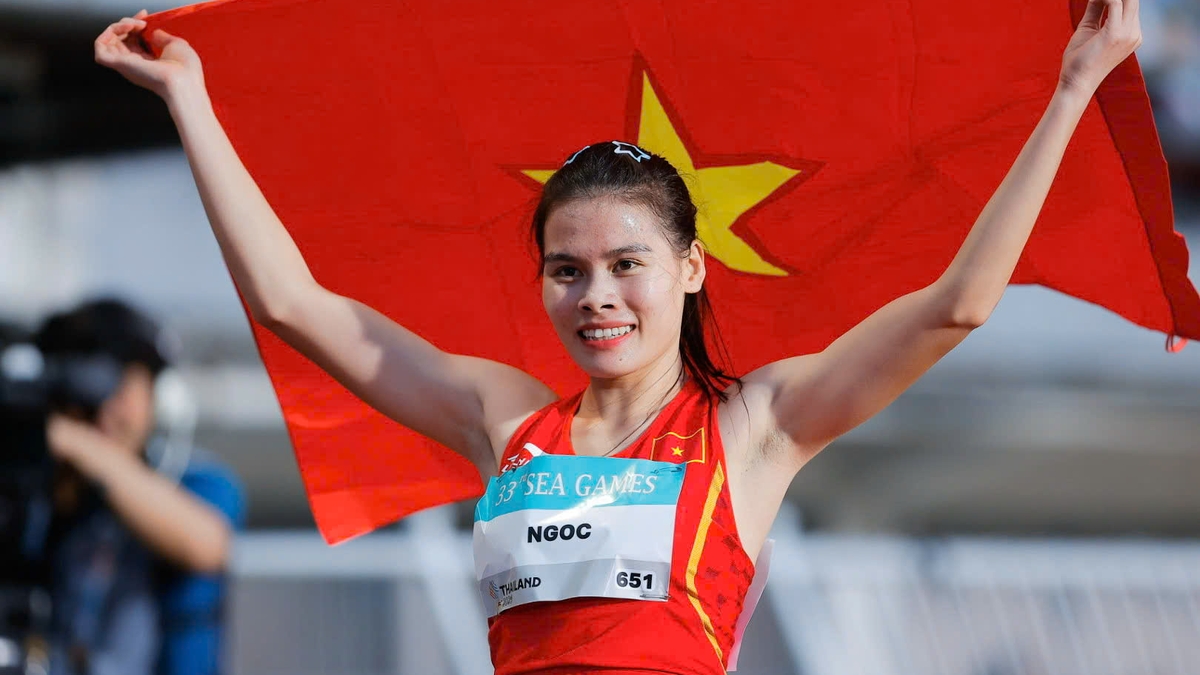


![[Photo] Prime Minister Pham Minh Chinh attends the Vietnam Economic Forum 2025](https://vphoto.vietnam.vn/thumb/402x226/vietnam/resource/IMAGE/2025/12/16/1765893035503_ndo_br_dsc-8043-jpg.webp)




































Comment (0)